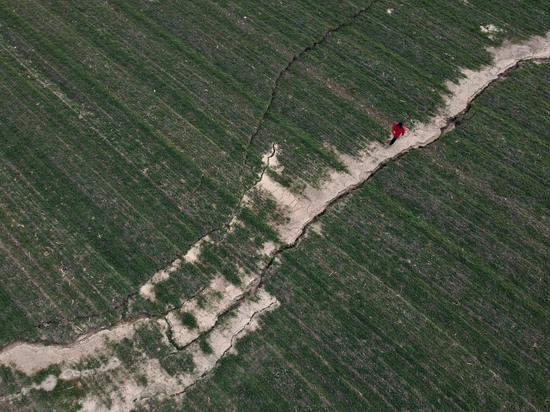TOGETHER FOR SHARED FUTURE
Coordinated development has not only boosted economic growth, but also improved people's livelihood in the region.
Beijing Children's Hospital in 2015 started assisting the children's hospital in Baoding City, Hebei Province, providing professional medical workers and technical support.
In the past eight years, more than 8,000 medical experts from Beijing have served at Baoding Children's Hospital. They performed operations there and passed on their experience, and eventually cultivated a large number of local medical professionals and high-level medical departments in Baoding.

This aerial photo shows Beijing Children's Hospital in Baoding City, north China's Hebei Province, Oct. 12, 2021. (Xinhua/Zhu Xudong)
According to Tian Jian, director of Baoding Children's Hospital, the hospital only saw about 250,000 patients a year back in 2015, but now it could see over 600,000 patients a year. "Our hospital is now capable of carrying out major operations. Local patients can enjoy Beijing's high-quality medical resources and medical services on their doorsteps."
Apart from this rational distribution of medical resources, 22 university development alliances have also been established in the region, aiming to balance educational resources and provide equitable opportunities for students.
Transportation development has been a basis for the coordinated development of the Beijing-Tianjin-Hebei region. A "one-hour traffic circle" now exists between Beijing, Tianjin, and Hebei cities, greatly facilitating residents' work and lives in the three areas.
The region has also enjoyed better air quality and a more sustainable energy mix. In 2021, the average density of PM2.5 -- fine particulate matter that causes smog -- fell 15.6 percent compared to a year earlier. Renewable energy accounted for 8.8 percent of the region's total energy consumption, up 1.9 percentage points from 2020, according to the NBS.


















































 京公网安备 11010202009201号
京公网安备 11010202009201号